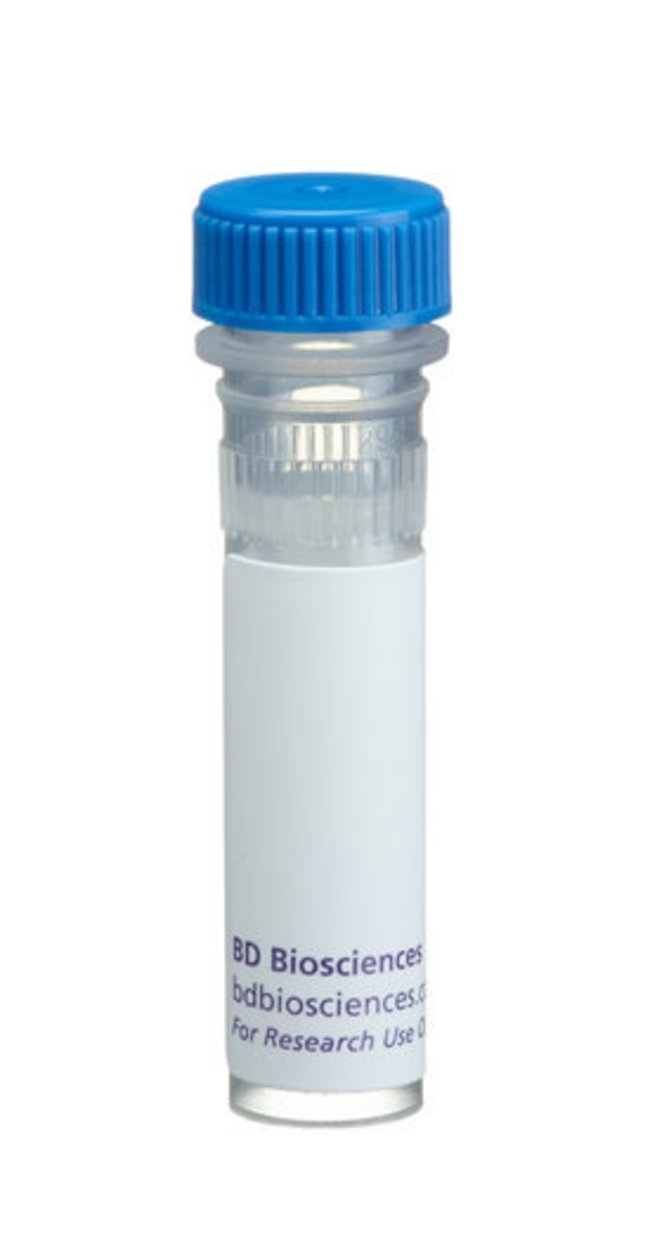Carboxypeptidase E Mouse, Unlabeled, Clone: 35, BD, Mouse Monoclonal Antibody, Each

Details
Carboxypeptidase E (CPE), also known as carboxypeptidase H and enkephalin convertase, is found as both a membrane-bound and a soluble glycoprotein in neuroendocrine tissues and adrenal-gland chromaffin granules. The C-terminus forms an amphiphilic α-helix, suggesting that this region is responsible for the membrane-bound form. Evidence suggests the active form of CPE is located in the secretory vesicles. CPE appears to have several functions. It is an exopeptidase that cleaves neuropeptides with C-terminal basic amino acids, producing an active form of the peptide. It has also been proposed that membrane-bound CPE is a sorting receptor for regulated secretory pathway (RSP) proteins in the TGN pituitary Golgi and secretory granule membranes. RSP proteins primarily consist of hormones and neuropeptides. Mice that carry a mutation in the CPE gene Cpe[fat] display endocrine disorders such as obesity, infertility, and hyperproinsulinemia. Furthermore, the same endocrine disorders are observed in Cpe[fat] mice where the CPE gene has been effaced by antisense RNA.Immunofluorescence, Immunohistochemistry, Immunoprecipitation, Western Blotting
Additional Information
| SKU | 10135122 |
|---|---|
| UOM | Each |
| UNSPSC | 12352203 |
| Manufacturer Part Number | 610759 |

